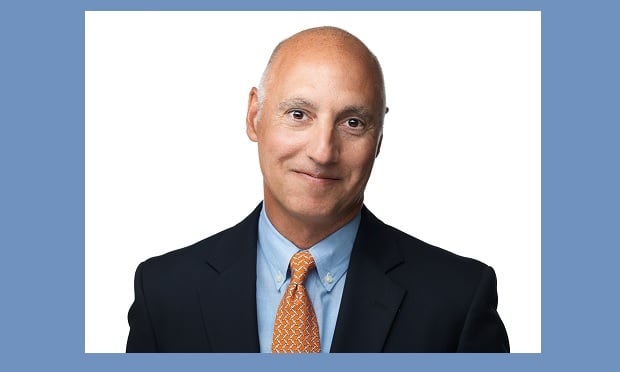If there is a trend in captive formations right now, it's growth in the health care market—and Cayman is still the go-to domicile for that industry, according to a captive expert.
 In Cayman, “regulators understand [health care], managers are very comfortable with it, and the nonprofit hospitals are comfortable with the reception they get there,” said Leslie C. Boughner, executive vice president and managing director, Willis Captive & Consulting Practice, Willis North America, in Burlington, Vt.
In Cayman, “regulators understand [health care], managers are very comfortable with it, and the nonprofit hospitals are comfortable with the reception they get there,” said Leslie C. Boughner, executive vice president and managing director, Willis Captive & Consulting Practice, Willis North America, in Burlington, Vt.
He observed that as well as in Cayman, health care captives are also forming in Vermont and Bermuda.
“We continue to see a lot of health care focus, and I think the sense is there will be a consolidation of both hospitals and independent physicians as a result of health care reform,” Mr. Boughner said.
“The bigger the hospital system and the more they have to provide insurance for their voluntary physicians, the more they need a captive,” he added.
While he is still seeing some re-domestications, their numbers are going down.
“They are finding that if they're offshore now, that all of the expense involved in re-domesticating starts to make that uncompetitive. It's a big expense,” Mr. Boughner said. “Since they've elected to be taxed as a U.S. entity anyway, they don't see the benefits.”
While perception of an offshore domicile also has been an issue with some organizations in the past, prompting re-domestications, he is not seeing this as being a problem now.
“Cayman has worked extremely hard to change that, and I think they've done it. And I'm not sure Bermuda ever had that [perception issue] among the informed; it's always been a very established domicile,” he explained.
While most onshore captives tend to be workers'-compensation directed, “we're starting to see more activity in both ERISA [Employee Retirement Income Security Act] and non-ERISA benefits,” he maintained.
Mr. Boughner, however, is “stunned” by how slow the development of employee-benefits captives has been. They were introduced more than 10 years ago, and “I would have guessed we would have had 300 captives with ERISA benefits right now,” he said. “I think there are about 35.”
He pointed out the “chasm between managing employee benefits and managing property-casualty” as one of the culprits for low formation.
Anecdotally, when employee-benefits captives first began with Columbia Energy, he explained the concept to division presidents of both risk management and employee benefits at the company he worked for at the time.
“The property-casualty guy got it right away,” Mr. Boughner said. “The one that ran the benefits area never did. It was like talking two different languages.”
He believes it will eventually happen, “but much slower than everyone anticipated.”
Want to continue reading?
Become a Free PropertyCasualty360 Digital Reader
Your access to unlimited PropertyCasualty360 content isn’t changing.
Once you are an ALM digital member, you’ll receive:
- Breaking insurance news and analysis, on-site and via our newsletters and custom alerts
- Weekly Insurance Speak podcast featuring exclusive interviews with industry leaders
- Educational webcasts, white papers, and ebooks from industry thought leaders
- Critical converage of the employee benefits and financial advisory markets on our other ALM sites, BenefitsPRO and ThinkAdvisor
Already have an account? Sign In Now
© 2025 ALM Global, LLC, All Rights Reserved. Request academic re-use from www.copyright.com. All other uses, submit a request to [email protected]. For more information visit Asset & Logo Licensing.








